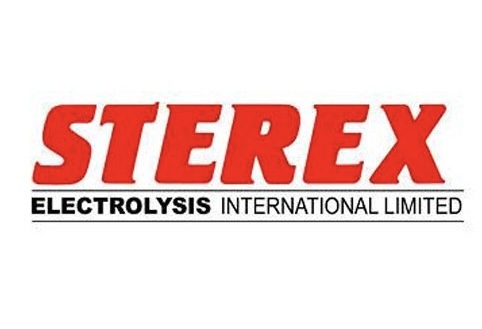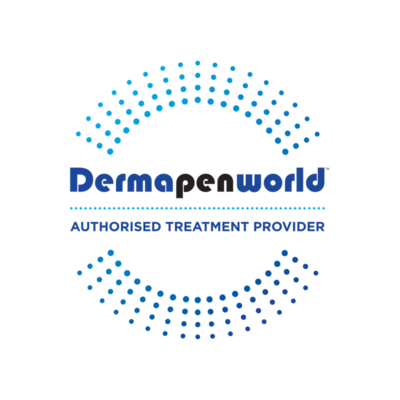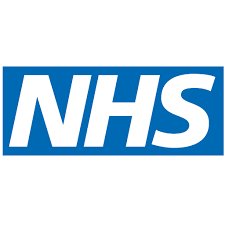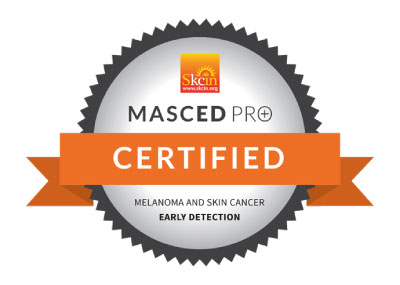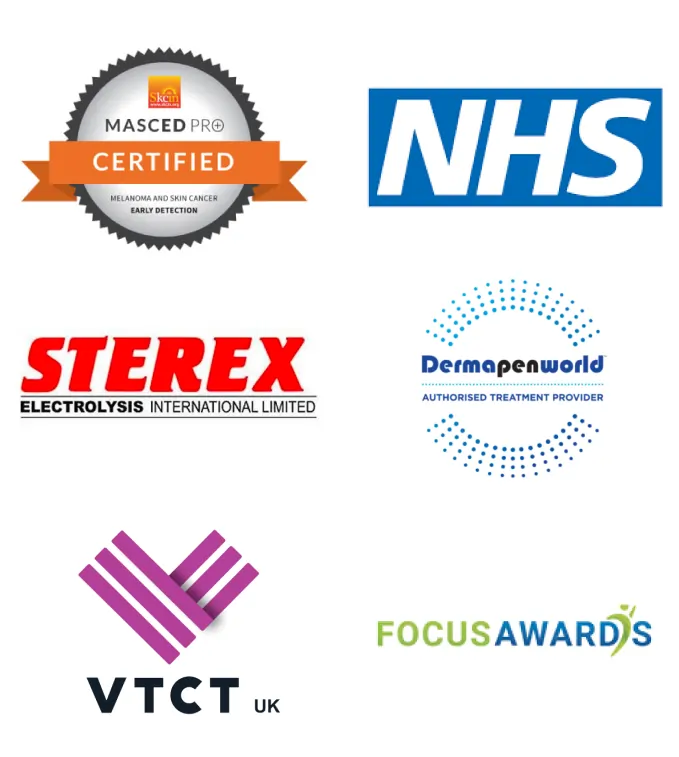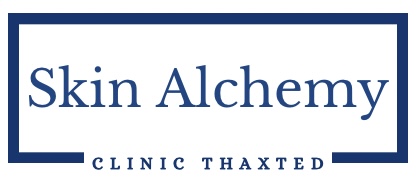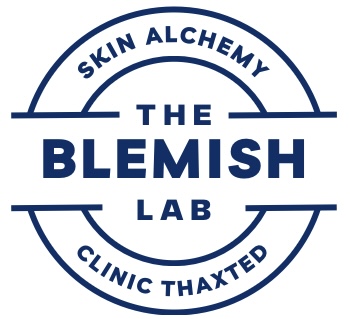Safely Remove blemishes without scarring skin
Advanced Cosmetic Blemish Removal
Many cosmetic blemishes are no longer treated by the NHS, but advanced electrolysis and cryopen treatments are quick, safe and an effective way to treat these conditions without scarring the skin. Often only one treatment is required.
As an electrologist I am fully qualified in both these techniques for the safe removal of many benign fibrous and vascular blemishes
I am also MascED accredited, giving you the confidence that you are in safe and knowledgeble hands. The MascED Accreditation Programme has been developed to significantly raise awareness of the early signs and symptoms of cancer. If you are in doubt or concerned, we advise that you see your GP or doctor at the earliest possibility.

Conditions we can help you with Diathermy & CryoPen
THREAD VEIN REMOVAL
Thread veins, also known as spider veins, are small, dilated blood vessels visible near the surface of the skin. Our diathermy treatment effectively reduces their appearance.
SPIDER NAEVI REMOVAL
Spider naevi are small, spider-like clusters of blood vessels that can appear on the face and body. Diathermy can safely and efficiently remove these blemishes.
SKIN TAG REMOVAL
Skin tags are small, benign growths that commonly appear in areas where the skin folds. Diathermy offers a quick and painless removal solution.
MILIA REMOVAL
These are white, pearly, rounded lumps which occur in the uppermost layer of the skin when sebum (the oil produced naturally by the skin) becomes trapped in a blind duct.
BLOOD SPOT REMOVAL
Sometimes known as blood spots or Campdell De Morgan spots. They are most commonly caused genetics or sometimes sun exposure.
PIGMENTATION/AGE SPOTS REMOVAL
Age spots also known as solar lentigo, liver spots, sun spots or brown spots are changes in skin colour associated with older skin. They are harmless enough an easy to treat with cryopen.
SYRINGOMA & XANTHELASMA REMOVAL
Syringomas are harmless eccrine sweat duct tumours, can be found in clusterd near the eyes. Xanthelasma are blemishes caused by deposits of cholestral under the surface of the skin.
WART REDUCTION
Warts are small, rough, viral growths on the skin. They are very common and usually spread by direct skin to skin contact. There are a number of diferent warts such as common, plane, filiform and verruca warts.
VERRUCA REDUCTION REMOVAL
These are all caused by the Human Papilloma Virus (HPV) and can be contagious, i.e. they can be passed from one person to another by contact
SEBORRHOEIC KERATOSIS REMOVAL
A seborrhoeic keratosis is a benign skin growth that is caused by ageing. It is also known as seborrrhoeic warts, senile warts or basal cell papilloma. Although unslightly they are harmful.
MOLE REDUCTION
Most people have moles and genrally they are benign. They form a pigmented naevi and are common on the face and the body. Moles can be treated with a GP’s written consent.
SEBACEOUS CONDITIONS
Sebaceous cysts are created when a small amount of sebum is retained under the skin and blocked by an overgrowth of surface skin. Pilar cysts are filled with keratin but are both treated the same way with diathermy.
Advanced Cosmetic Procedures Pricing 2024
Skin Blemish Removal
Consultation (No Fee if going ahead with treatment on the same day)
£25
Skin Blemish Removal
Skin tags/ Milia / Thread Veins / Cherry Angiomas / Spider Naevi 15 minutes
£65
Skin Blemish Removal
Skin tags/ Milia / Thread Veins / Cherry Angiomas / Spider Naevi 30 minutes
£120
Skin Blemish Removal
Skin tags/ Milia / Thread Veins / Cherry Angiomas / Spider Naevi 45 minutes
£175
Seborrheic Keratosis Removal
15 minutes
£85
Seborrheic Keratosis Removal
30 minutes
£150
Wart Removal
Warts -common warts, plane warts, filliform warts and Verrucas
From £95
Mole Reduction
Non pigmented moles – PLEASE NOTE GP APPROVAL & LETTER IS REQUIRED PRIOR TO TREATMENT
From £150
Dermatosis Papulosa Nigra
DPN removal from 15 mins
From £65
Xanthelasma Reduction
Starting from 15 mins
From £85
Syringoma Removal
Starting from 15 mins
From £85
Sebaceous Hyperplasia
Starting from 15 mins
From £95
Cryopen Skin Blemish Removal
Small Lesion (size 1mm-3mm) includes one review two weeks after
1 lesion £50/upto 3 lesions £95
Cryopen Skin Blemish Removal
Medium Lesion (size 3mm-6mm) includes one review two weeks after
1 lesion £65/upto 3 lesions £130
Cryopen Skin Blemish Removal
Large Lesion (size over 6mm)
From £95
From £95
Cryopen Skin Blemish Removal
Viral warts/verrucas
From £95
What Should I Do Before My Appointment?
- Avoid the use of antihistamines for at least 3 days prior to treatment
- Do not use any active topical creams (steroid or retinol) on the area for at least 3 days prior to treatment
Can I use Topical Numbing Cream for Treatment?
If you wish you can independently purchase some topical numbing creams (e.g. Emla), from a local pharmacy this should be applied to the treatment area 45 minutes before treatment.
What Should I Expect After Treatment?
It is common for the area to be red and inflamed after treatment. The area may then blister and this can last a few days before eventually turning into a scab. The scab should not be picked and will fall off on its own in 2 weeks, however this may take up to 4 weeks depending on the size of the lesion removed. Temporary pigmentation (change of skin colour) may occur in the area that has been treated and this will gradually return to your skins normal colour.
Some larger lesions may take more than one treatment, the estimated number of treatments and subsequent cost will be discussed at your initial consultation to allow you to make a decision on whether treatment is suitable for you.
Aftercare
- Avoid any extremes of temperature for the next week – saunas / steam rooms / sunbeds / hot baths
- Do not touch the area and gently cleanse round the area with a clean tissue/towel
- Do not pick, scratch or rub scabs and do not burst any blisters due to the risk of scarring and infection
- Do not take antihistamines for 3 days after treatment
- Use SPF50 on new skin when the lesion has healed
Accreditations and Training
